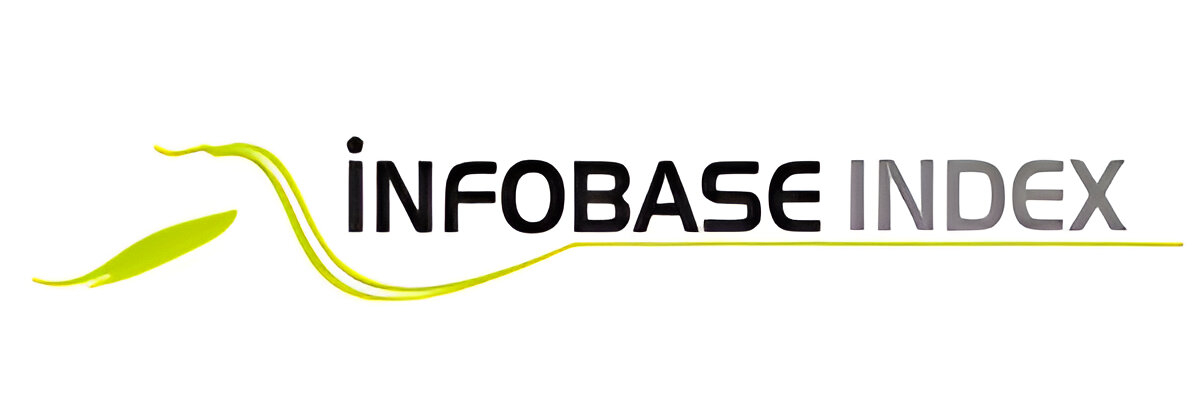BANK CUSTOMER CHURN PREDICTION USING H20 AUTOML
Keywords:
Customer Churn, Data Preprocessing, Feature Selection, Cross-Validation, Predictive ModelingAbstract
Customer churn prediction is crucial for businesses aiming to retain their customer
base and enhance profitability. In this study, we leverage the power of H2O AutoML, an
automated machine learning framework, to develop an accurate and efficient churn prediction
model. By utilizing a diverse set of algorithms, data preprocessing techniques, and
hyperparameter optimization strategies, H2O AutoML to streamline the model development
process while achieving optimal performance. This project focuses on predicting customer
churn for a bank and telecommunications company. We begin by collecting and
preprocessing customer data, including demographic information, usage patterns, and service
subscriptions. Leveraging H2O AutoML, we create a pipeline that automatically explores a
range of machine learning algorithms, such as random forests, gradient boosting, and neural
networks, in order to identify the most suitable model for the task. The results demonstrate
the effectiveness of H2O AutoML in producing high performing churn prediction models
without requiring extensive manual intervention. By selecting the best-performing model, we
provide the bank and telecommunications company with actionable insights to proactively
address potential churn cases and implement targeted retention strategies. In conclusion, this
study highlights the utility of H2O AutoML as a powerful tool for automating the customer
churn prediction process. By harnessing the capabilities of automated machine learning,
businesses can efficiently develop accurate churn prediction models, leading to improved
customer retention rates and ultimately, enhanced business success.











